Smartwatch Platforms to Consider Developing for in 2015
The ecosystem for smartwatches continues to grow at an incredible pace. We have plenty of new platforms emerging this year in the smartwatch space. Somehow, there hasn’t been anywhere near enough discussion about the confusion for developers trying to choose which platforms to develop for. In this article, I’ll provide an overview of some of the smartwatch platforms I’m finding intriguing this year – both ones that are currently available and ones that are coming soon.
Key Takeaways
- Pebble, Android Wear, Apple Watch, Samsung’s Tizen, BLOCKS, and OXY are key smartwatch platforms for developers in 2015.
- Pebble smartwatches use the C programming language and JavaScript for app development, with a well-documented SDK and three platforms to build cross-platform apps.
- Android Wear apps are developed in Java and require a companion Android app, while Apple Watch apps are developed in either Swift or Objective-C, with full access to iPhone functions.
- Samsung’s Tizen platform allows for standalone or companion apps, and BLOCKS, a newcomer, uses a modified version of Android Lollipop for app development. OXY, not yet released, will be running an open source OS and platform.
Pebble
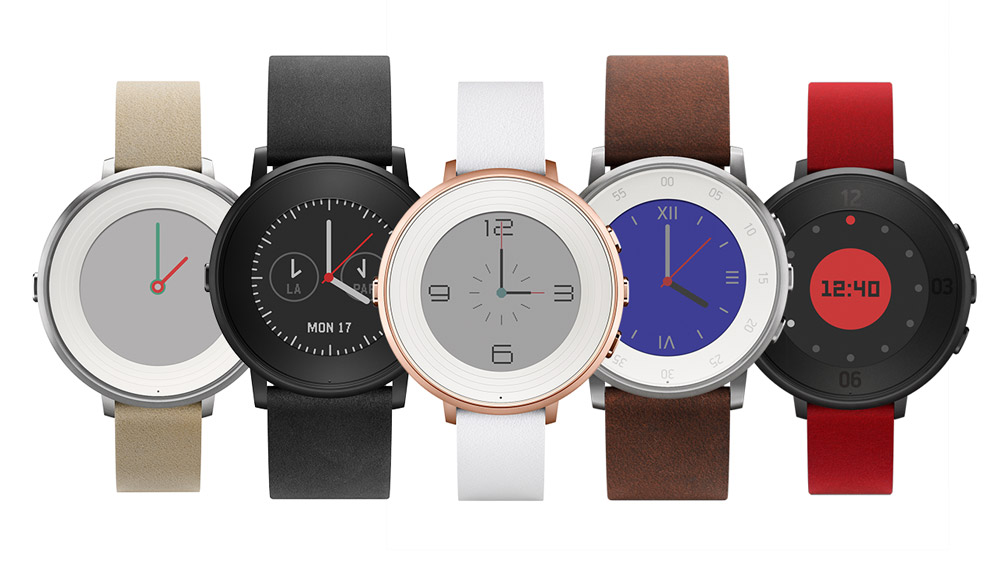
Regular readers here at SitePoint will be well aware of my fondness for the Pebble smartwatch. I’ve found it to be a very fun platform to develop for and it has a really lovely community behind it. Last month, Pebble announced their latest variation of the Pebble – the Pebble Time Round. It is both round and extremely thin, providing a new form factor for those who were a bit hesitant to wear the earlier rectangular Pebble watches. I covered what developers need to know about the Pebble Time Round last week for those who’d like more info.
Coding for the Pebble smartwatch uses the C programming language, JavaScript for connecting apps up to web APIs and a pretty well documented SDK. There are three platforms for the Pebble – “Aplite” (the original black and white Pebble), “Basalt” (rectangular Pebble Time) and “Chalk” (the round Pebble Time). It is possible to build cross platform apps to support all three.
Pebble Time smartwatches also have the ability to use “smartstraps” which can add new functionality and features to the watch such as extra battery life, GPS and more. Pebble developers are not limited to just software and the potential of smartstraps is huge.
Don’t have one but want to try out the platform? Pebble also have a browser based emulator you can develop with over at CloudPebble.
Official Site: Pebble
Developer Docs: Pebble Developer
Devices: Pebble Classic, Pebble Steel, Pebble Time, Pebble Time Round
Compatible with: Android and iOS
Android Wear
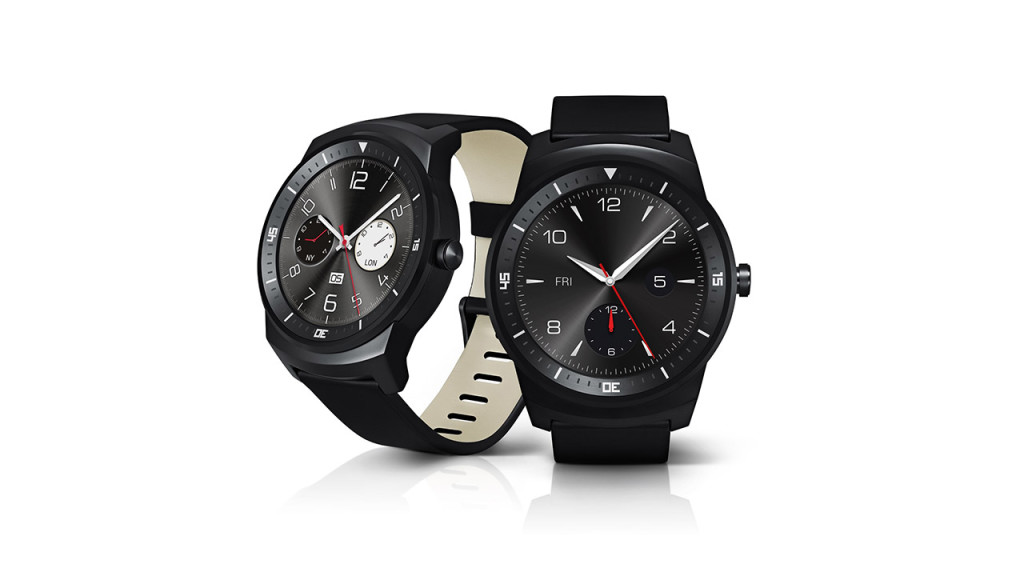
Google have a range of smartwatches that now run their Android Wear OS in various shapes and sizes. There are rectangular options like the ASUS ZenWatch 2 and round options like the LG G Watch R (pictured above). These watches come with touchscreens, OLED displays with plenty of color and a slightly lower battery life. Some also come with Wi-Fi so that your phone and watch can be further apart from each other and still be connected.
Coding for the Android Wear ecosystem is done in Java just like Android development. You’ll need a companion Android app with the same name to run on the phone itself, so Android Wear watchapps are more like extensions to Android apps. Android Wear recently announced support for iOS, however third-party iOS apps are not supported.
If you don’t have an Android Wear watch, you can still develop using an emulator in AVD Manager (the same area you can find an emulator for Android handheld devices).
Official Site: Android Wear
Developer Docs: Android Developer Resources
Devices: ASUS ZenWatch, ASUS ZenWatch 2, LG G Watch, LG G Watch R, LG Watch Urbane, Huawei Watch, Moto 360
Compatible with: Android and iOS (slightly limited on iOS)
Apple Watch
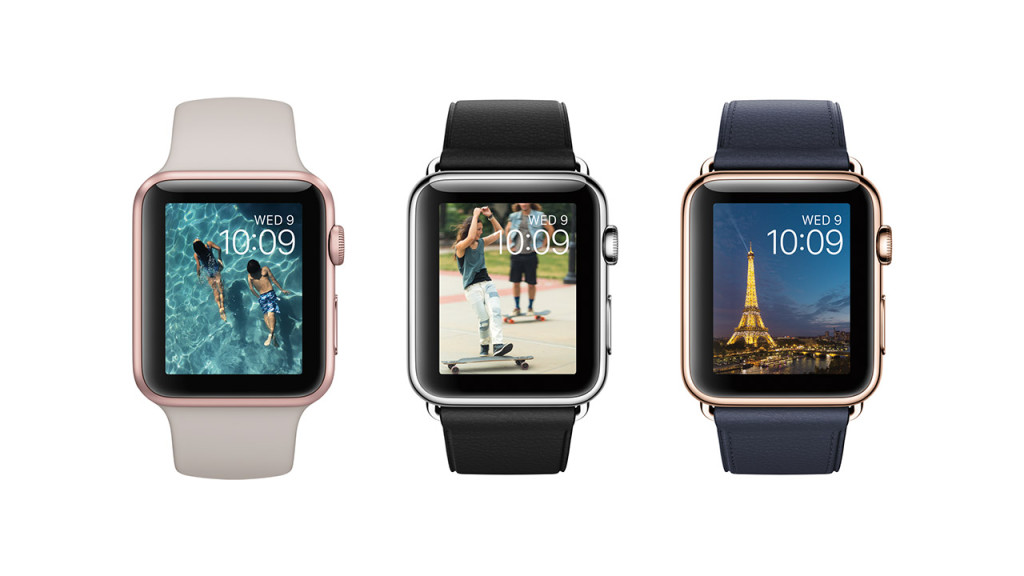
Apple entered the smartwatch space this year and has shipped plenty of them to iPhone users everywhere. It is the smartwatch with the most access to the iPhone functions (e.g. Siri), has a full color display like the Android Wear and has Wi-Fi access alongside Bluetooth too. They have yet to release a round shaped version so far but they do come with the “Digital Crown” control which provides some interesting potential for app developers.
The Apple Watch is a strong option for developers out there already building iOS apps. Apple recently announced watchOS 2, providing access to the microphone, accelerometer, the “Digital Crown” and more. The new version of watchOS runs the app entirely on the watch, rather than partially on the phone and partially on the watch.
Developing Apple Watch apps is done in either Swift or Objective-C. Xcode provides a simulator for you to test the apps if you’ve yet to rush out and buy an Apple Watch yourself.
Official Site: Apple Watch
Developer Docs: Apple WatchKit
Devices: Apple Watch
Compatible with: iPhone 5 or above
Samsung’s Tizen
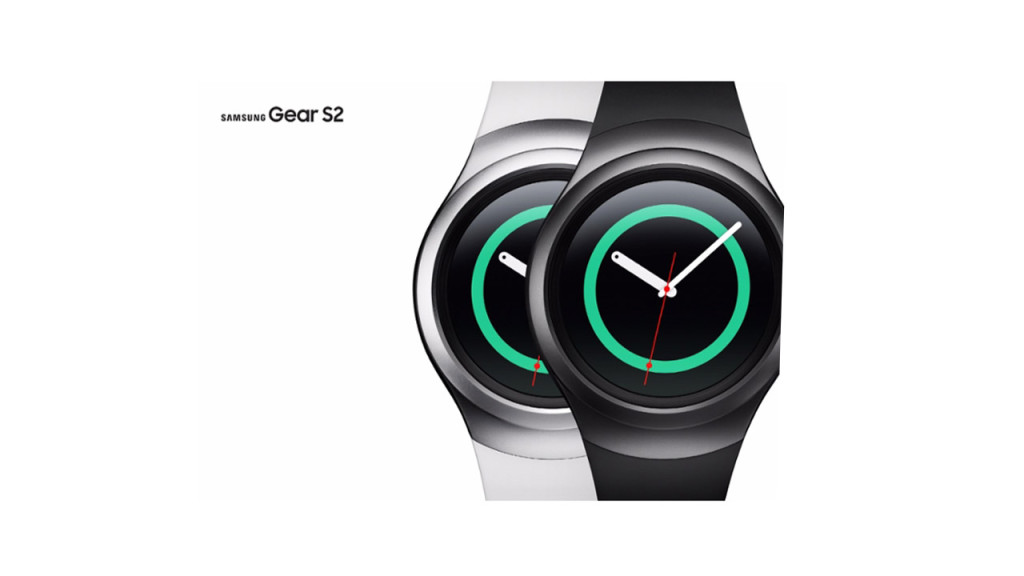
Samsung have decided against using the Google Wear platform and instead have focused on their own Tizen platform in their latest range of smartwatches, the Gear S2. A lot of reviews I have read of the Gear S2 have been quite positive so far. The Tizen platform has potential to become quite a big player in the smartwatch space if the Gear S2 sells well.
From a development perspective, Tizen apps can be either standalone on the watch or companion apps which work with an Android app. The Gear S2 has a unique rotating bezel you can use as an input too which is quite neat!
The Gear S2 is also compatible with non-Samsung Android phones – ones running on Android 4.4 and higher with over 1.5GB RAM. They have a list of Android devices here.
Official Site: Samsung Gear S2
Developer Docs: Samsung Gear Developers
Devices: Samsung Gear S2
Compatible with: Android 4.4 and higher phones with over 1.5GB RAM
BLOCKS
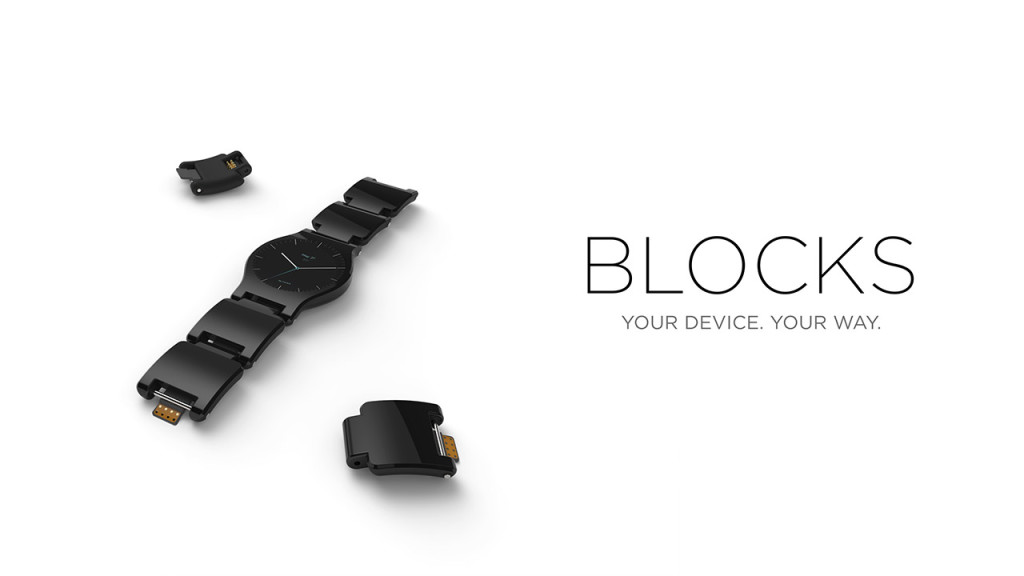
BLOCKS is a newcomer to the smartwatch arena that is focused on putting together a modular smartwatch that you can customize to suit your usage. Each module on the watchband provides different functionality such as kinetic charging, a SIM card module, a camera and more. Just as with the Pebble smartstraps – hardware and electronics focused developers have the potential to do quite a bit with this concept.
The BLOCKS platform will run on a modified version of Android Lollipop, so my assumption is you’ll be coding your BLOCKS apps in Java.
They have plans to begin crowdfunding soon, so if you are interested in this concept – sign up to their mailing list and keep an eye out.
Official Site: BLOCKS
Developer Docs: No docs yet but there’s a sign up form here to get access when released
Devices: BLOCKS smartwatch
Compatible with: Android and iOS (Windows Phone coming soon)
OXY (ELF OS and IWOP)
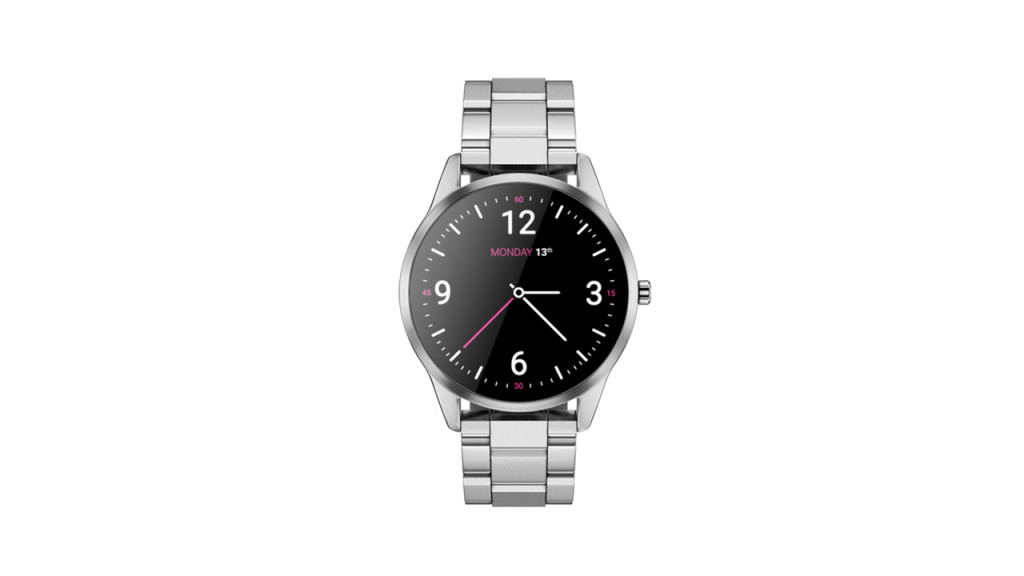
The OXY smartwatch is yet to be released and is opening up pre-orders on IndieGoGo from November 15th. Despite not being available, I wanted to include this one because it looks like it will have a completely separate open source app ecosystem. OXY will be running an open source OS and platform – ELF OS and IWOP (Ingenic Wearable Open Platform). From what I can tell, the IWOP platform may already have a Chinese watchface out there.
Official Site: OXY Smartwatch
Developer Docs: None yet but you may be able to find a download of IWOP to experiment with on this site (it is all in Chinese)
Devices: OXY
Compatible with: Android 4.3 and iOS 8
Conclusion
That concludes a summary of the main smartwatch platforms out there for developers today, along with a few to keep an eye out for. There are plenty of smartwatch platforms to choose from and I’m certain more are on their way! It is potentially both a very confusing time to be a smartwatch developer and a valuable time as users of smartwatches rise with the number of devices out there in users’ hands.
Is there a smartwatch platform out there which I missed? Or something really special about any platform I haven’t mentioned? Which are you considering developing for? Leave your thoughts in the comments or tweet at me at @thatpatrickguy, I’d love to hear your thoughts on it all.
Frequently Asked Questions about Smartwatch Platforms
What are the top smartwatch platforms to consider for development in 2021?
The smartwatch industry has evolved significantly since 2015. The top platforms to consider for development in 2021 are Wear OS by Google, watchOS by Apple, and Tizen by Samsung. These platforms offer a wide range of features and are compatible with various devices. They also provide robust support for developers, including comprehensive documentation, development tools, and active developer communities.
How can I develop apps for Wear OS?
To develop apps for Wear OS, you need to use Android Studio, Google’s official integrated development environment (IDE) for Android app development. Android Studio provides a range of tools for building apps, including a code editor, a visual layout editor, and a debugger. You also need to familiarize yourself with the Wear OS design guidelines, which provide advice on creating user-friendly interfaces for small, round displays.
What are the key features of watchOS?
WatchOS, the operating system for Apple Watch, offers a range of features designed to make the most of the device’s capabilities. These include fitness tracking, health monitoring, communication tools, and access to a wide range of apps. For developers, watchOS provides a robust platform for creating apps that integrate seamlessly with the Apple ecosystem.
How does Tizen compare to other smartwatch platforms?
Tizen is a versatile, open-source operating system used by Samsung for its smartwatches. It supports a wide range of applications and offers a high degree of customization. Compared to other platforms, Tizen is known for its efficient power management, which can help to extend the battery life of devices. However, its developer community is smaller than that of Wear OS or watchOS.
Can I develop apps for multiple smartwatch platforms?
Yes, it’s possible to develop apps for multiple smartwatch platforms. However, each platform uses a different operating system and development tools, so you’ll need to adapt your code for each one. Some cross-platform development tools can help to streamline this process, but they may not support all features of each platform.
What are the key considerations when designing smartwatch apps?
When designing smartwatch apps, it’s important to consider the small screen size and the way users interact with their devices. Apps should be simple, intuitive, and easy to navigate. They should also provide value to the user, either by offering unique functionality or by enhancing the functionality of a companion smartphone app.
How can I test my smartwatch apps?
Most smartwatch platforms provide emulators that allow you to test your apps on a computer. These emulators simulate the hardware and software of a smartwatch, so you can see how your app will look and behave on a real device. You can also test your app on a physical smartwatch, which can give you a better understanding of the user experience.
What are the opportunities for monetizing smartwatch apps?
There are several ways to monetize smartwatch apps. These include selling the app itself, offering in-app purchases, displaying ads, or offering a subscription service. The best approach depends on the nature of your app and your target audience.
What are the challenges of smartwatch app development?
Some of the challenges of smartwatch app development include the small screen size, the need to optimize for battery life, and the variety of devices and operating systems. It can also be challenging to create an app that provides real value to users, given the limited capabilities of smartwatches compared to smartphones.
How can I stay up-to-date with the latest developments in smartwatch technology?
To stay up-to-date with the latest developments, you can follow industry news, participate in developer forums, and attend conferences or webinars. You can also experiment with the latest devices and development tools, and seek feedback from users to understand their needs and preferences.
PatCat is the founder of Dev Diner, a site that explores developing for emerging tech such as virtual and augmented reality, the Internet of Things, artificial intelligence and wearables. He is a SitePoint contributing editor for emerging tech, an instructor at SitePoint Premium and O'Reilly, a Meta Pioneer and freelance developer who loves every opportunity to tinker with something new in a tech demo.






